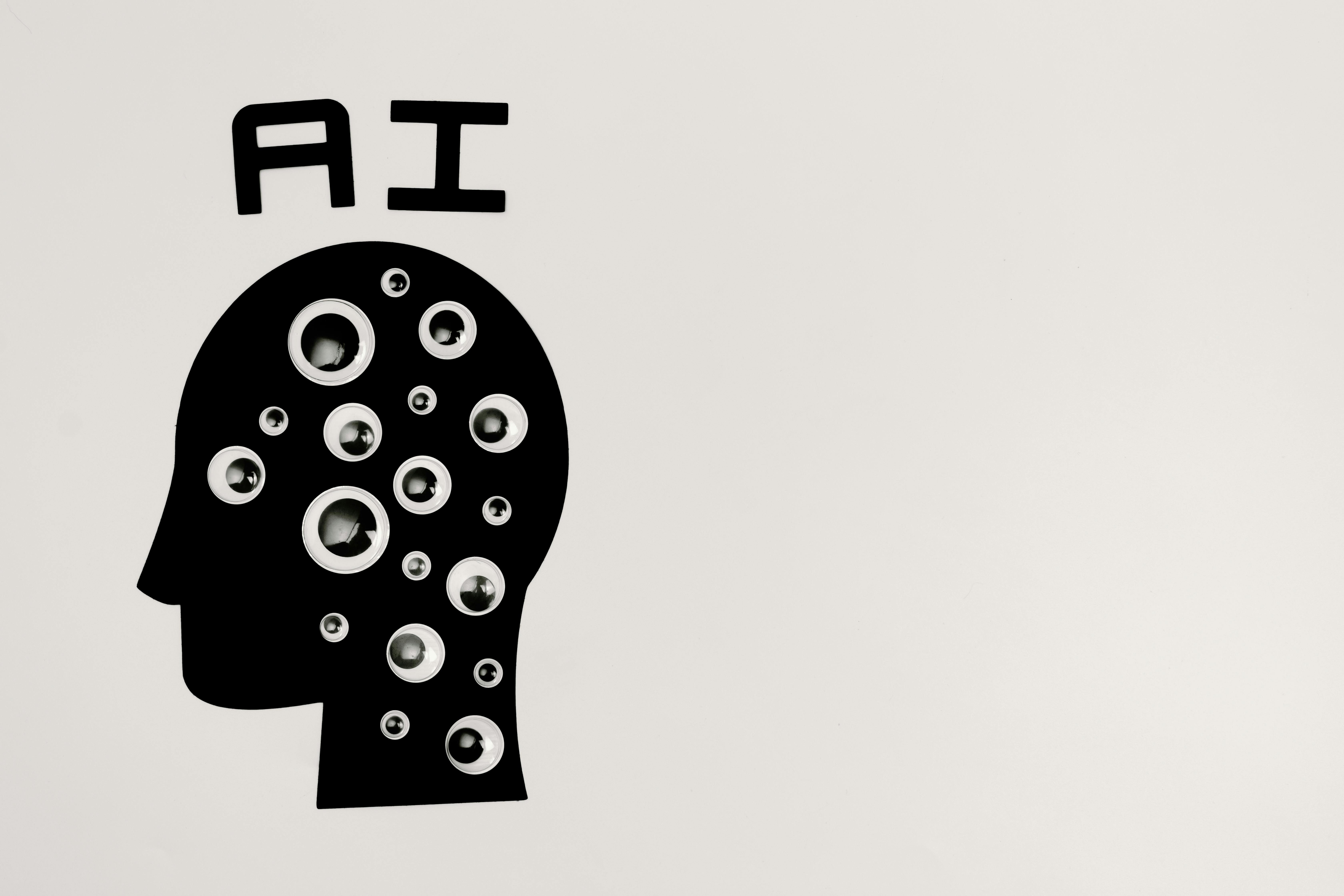In 2025, AI-driven lifecycle email automation has become a critical cornerstone for businesses aiming to deepen customer engagement, increase ROI, and deliver timely, relevant messaging at scale. The convergence of artificial intelligence and email marketing allows organizations to transcend traditional static segmentation and tap into dynamic, behavioral, and predictive data to connect with recipients in meaningful ways.

What Is AI-Driven Lifecycle Email Automation?
Lifecycle email automation powered by AI means using intelligent algorithms to deliver targeted emails to customers and prospects based on their interactions, behaviors, purchase journey stages, and preferences. This approach integrates data from real-time user behavior, purchase history, engagement patterns, and even emotional sentiment to create highly personalized email experiences that evolve automatically over time.
Gone are the days when email marketing was a one-size-fits-all broadcast. Today, cutting-edge AI tools dynamically personalize subject lines, content, and calls-to-action for each recipient, optimizing send times and inbox placement to maximize open rates and conversions. For example, brands leveraging AI have seen up to a 122% increase in open rates and over 200% in click-through rates because the messages arrive at the perfect moment with precisely the right content.
The Business Case for AI Email Automation in 2025
According to Forbes, there are over 4.48 billion email users worldwide, with 88% checking their emails daily, underscoring the immense opportunity for marketers to engage their audience effectively. However, despite this potential, only 58% of businesses currently utilize email marketing automation, leaving significant room for competitive advantage by early adopters.
With email marketing revenue expected to surpass $14.5 billion in 2026, companies that implement AI-driven lifecycle email automation will not only streamline their marketing efforts but also harness a technology with the highest ROI compared to other digital channels.
Key Features Driving AI Email Automation Success
Hyper-Personalization Beyond Names: AI systems create dynamic customer profiles using zero-party data (self-reported preferences), first-party data (purchase history), and real-time behavioral data, including engagement patterns and external factors like seasonality. This means messages are tailored to the individual’s current needs and context, not just past data.
Predictive Send-Time Optimization: Algorithms analyze recipient engagement to send emails when the customer is most likely to open and act, improving open rates by 20-30%.
Dynamic Audience Segmentation: AI replaces static segments with real-time clusters that respond to changes in user behavior, purchase trends, and engagement intensity, ensuring the messaging is always relevant.
Deliverability and Inbox Placement: AI tools monitor actual inbox placement (versus spam) and adjust content and timing proactively, achieving inbox placement rates exceeding 95%, far above industry averages.
The Role of AI in Employee and HR Communications
Lifecycle email automation is not limited to customer marketing but is also transforming internal communications and employee engagement. Moreover HR automation including email automation—streamlines onboarding, workforce management, and engagement while delivering personal, timely communications to employees at critical moments. For instance, automated reminders for work anniversaries, personalized onboarding sequences, and engagement nudges powered by AI create a more caring, connected employee experience that improves retention and productivity.
The importance of employee lifecycle moments and the role of AI in enhancing them through pulse surveys, engagement tracking, and personalized action plans delivered via automated communications. Using AI in this way helps organizations foster cultures where employees feel valued and understood.
Preparing for the Future: Data and Technology Foundations
Successful AI-driven lifecycle email automation requires investing in a robust customer data platform (CDP), machine learning engines for behavioral analysis, and real-time personalization engines. It also involves strict privacy and compliance management to uphold trust as data regulations tighten globally.
Organizations adopting these technologies today position themselves to benefit from continuous learning algorithms that evolve with their customers, ensuring messaging remains relevant, timely, and effective well into the future.
References
https://www.forbes.com/advisor/business/software/email-marketing-strategy/


